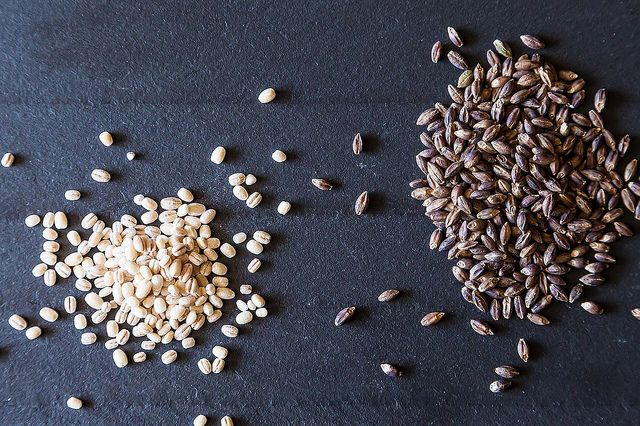
A New Way to Dinner, co-authored by Food52's founders Amanda Hesser and Merrill Stubbs, is an indispensable playbook for stress-free meal-planning (hint: cook foundational dishes on the weekend and mix and match ‘em through the week).
Order nowPopular on Food52
Continue After Advertisement
5 Comments
Jasper G.
January 5, 2016
Though some would argue that this isn't really "salad":
i try to work more veggies into my diet so make a breakfast black bean, herb and alliums, sun dried tomato, diced tomato, onion, kale/collard, parsley, (smoked) chipotle, and (or not) bacon sort of melange seasoned with a bit of balsamic glaze (sweet), etc. Goes with my eggs or left over whole grains very nicely.
I'm looking for other morning vegetable ideas if you know of any. Ratatouille? Roasted pineapple with greens and onions?
This article's whole concept is inspiring! Thanks!
i try to work more veggies into my diet so make a breakfast black bean, herb and alliums, sun dried tomato, diced tomato, onion, kale/collard, parsley, (smoked) chipotle, and (or not) bacon sort of melange seasoned with a bit of balsamic glaze (sweet), etc. Goes with my eggs or left over whole grains very nicely.
I'm looking for other morning vegetable ideas if you know of any. Ratatouille? Roasted pineapple with greens and onions?
This article's whole concept is inspiring! Thanks!
ChefJune
January 4, 2016
What a great article! At this time of year I make mostly salads without "greens." Rivka's Yam, Zucchini and ChickPea salad is a fave, and another is one made from steamed broccoli, cauliflower and carrots, dressed with a lemony vinaigrette.
Sharon H.
January 4, 2016
thanks for this - surprised that you didn't mention "growing your own". I guess it's easier for some people than others ;-)
Catherine L.
January 4, 2016
Great point! I have a community garden near me with a plot of lettuce free for the taking, so I'm a lucky one -- but of course growing your own is the ultimate!
Sharon H.
January 4, 2016
Thanks, Catherine. I have written a couple of books about growing food ;-) and have been growing stuff for a long time. I'm in Vancouver; stuff from California is getting more and more expensive - of course because of water and other issues as well as trucking the stuff up here. Meanwhile as is (sometimes) the way of the world - arable land is under seige from developers. OK! Don't want to get negative here. Just urge people to grow at least some of their own food.






See what other Food52 readers are saying.